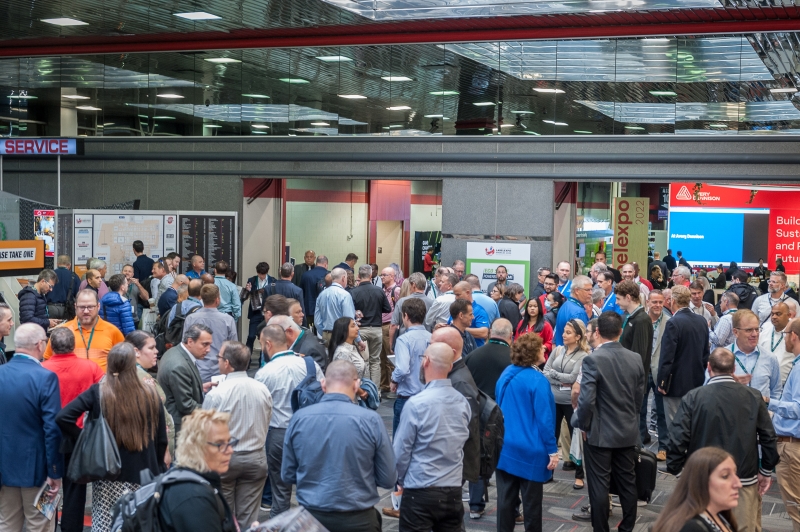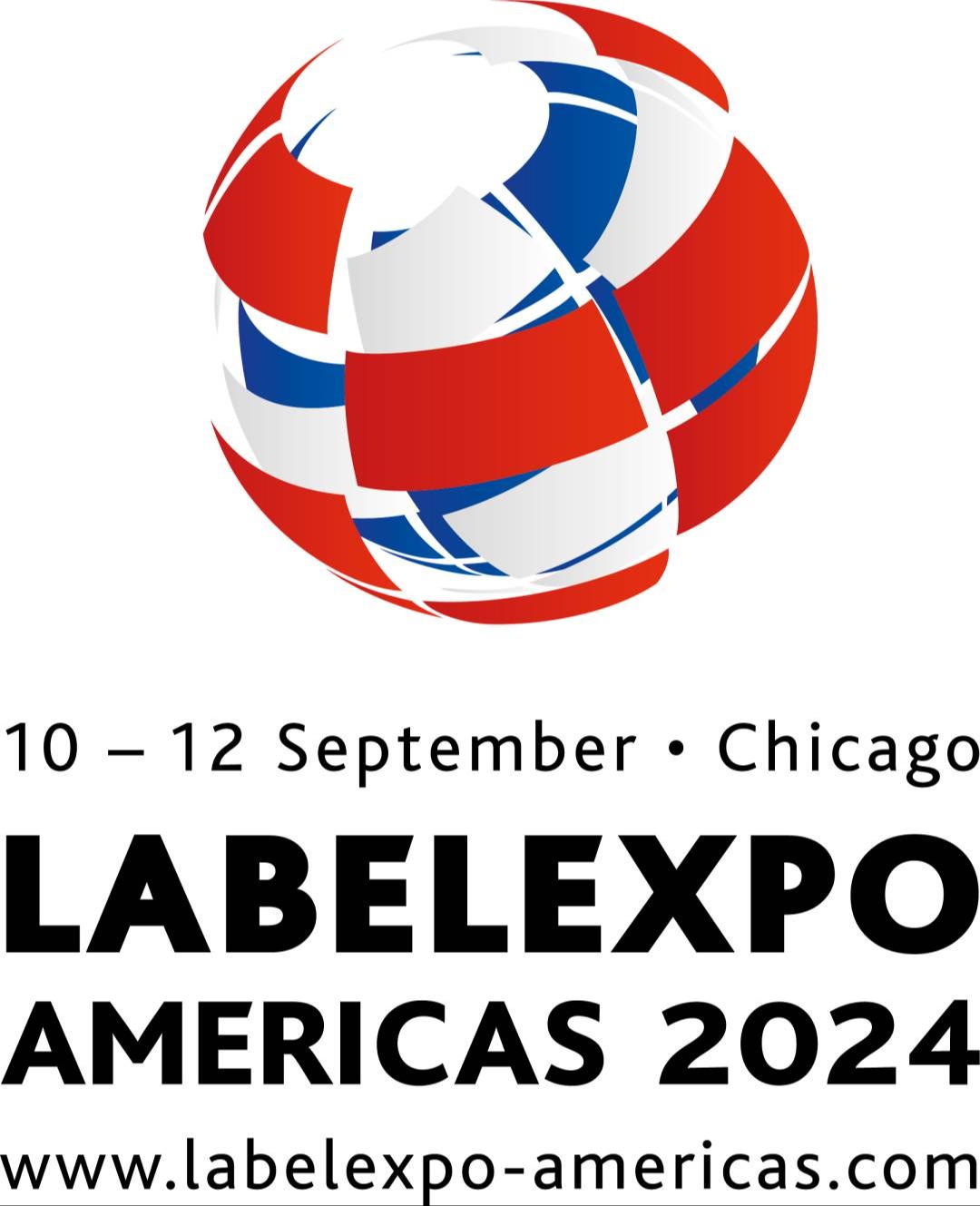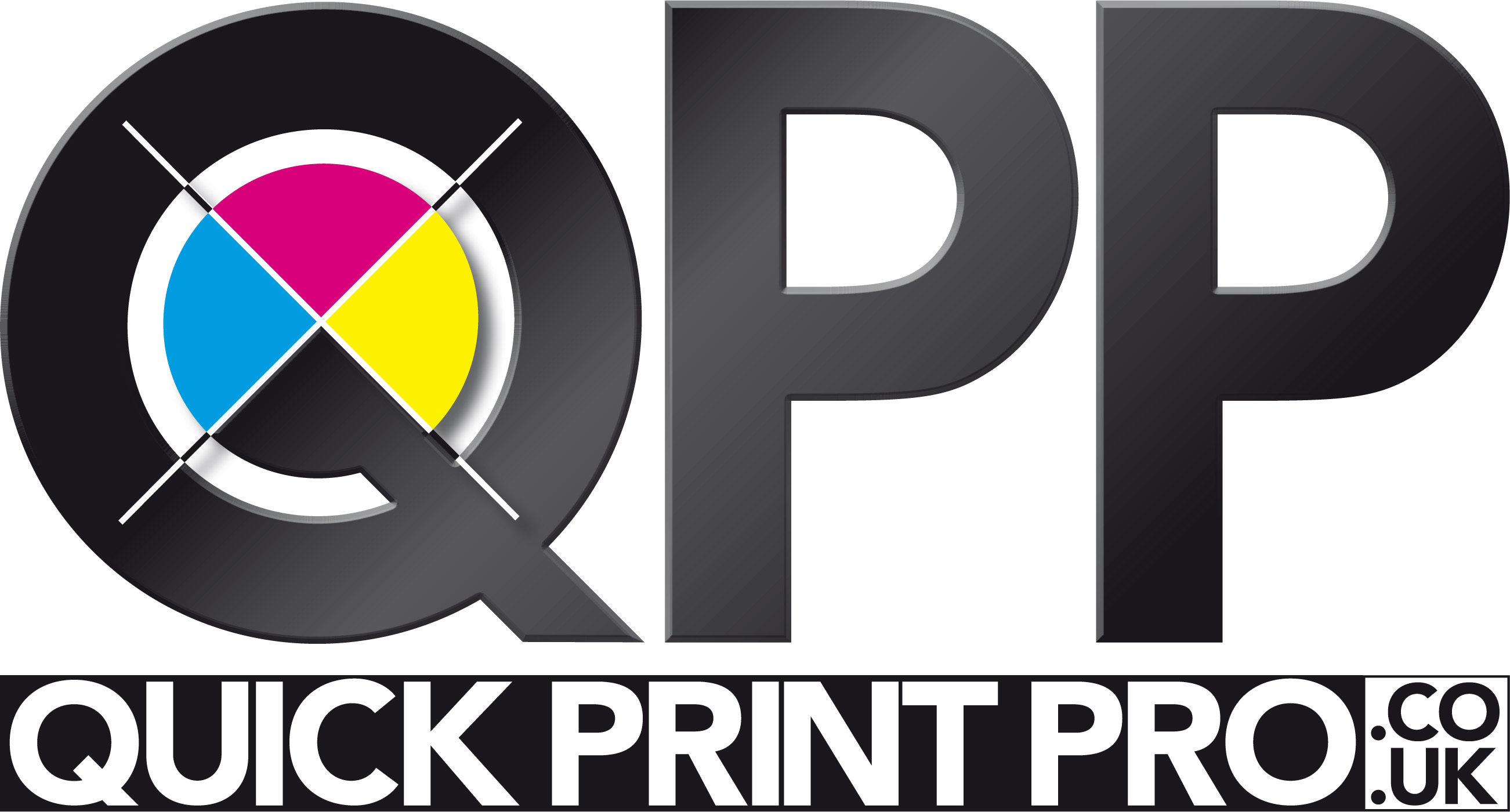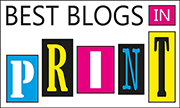RFID at Labelexpo Americas 2024
Labelexpo Americas 2024 focuses on how converters can jump on board the RFID train following the expansion of Walmart’s RFID Mandate to include most categories of retail products.
Andy Thomas-Emans reports.
Radio Frequency Identification (RFID) technology has been with us for over two decades, during which time major retail groups and the pharma industry have played with how it might help improve supply chain efficiency and product security. For most label converters, however, RFID has not been on the radar.
This situation changed dramatically when Walmart committed to extend its RFID Mandate to most categories of products it sells. Every converter in the US will now need to understand the Mandate and what it means in terms of new equipment and workflows and how RFID labels will tie into Walmart’s wider supply chain.
Firstly, back to basics.
What is RFID?
The unique property of an RFID tag or label is the ability to store information to a chip and to read it back using RFID readers. This means that information stored on an RFID chip can be constantly detected, for example as a product moves through the supply chain from manufacturing to warehouse and into a retail store.
The RFID chip is attached to an antenna which picks up the radio frequency (RF) signal which triggers the exchange of data. This assembly is delivered as an RFID inlay, supplied on a reel, for insertion into a PS label laminate.
Manufacturing an RFID label is basically a standard delam-relam operation to insert the inlay into a laminate. But there are a number of special conditions: static elimination is essential as electrostatic discharge can kill the chip; and the converter must have the ability to test and validate the RF performance of the label after lamination and die cutting before delivery to the end customer.
Encoding of the RFID chip can take place at different points in the supply chain, including by the label converter.
Most commonly today for mass market applications the chip will be programmed upstream, at, or close, to the point of label application.

RFID tags and labels need to be powered up before they can receive or transmit data. Power either comes from an on-board battery pack, known as an ‘active’ chip, or the chip assembly is powered by the same radio frequency waves which carry data. These are known as ‘passive’ RFID tags and labels.
Label converters are most likely to be dealing with passive RFID labels and tags operating in the UHF (ultra high frequency) or HF (high frequency) part of the spectrum. The brand name for the passive UHF RFID technology that is widely used in retail and other applications to identify and trace items is called RAIN RFID. The unique benefits of RAIN RFID include the ability to read the tags in high volumes, at high speeds.
The reader hardware which remotely powers the RAIN RFID chips can have a read/write range typically up to 40ft and does not require direct line-of-sight. The RFID reader units can be installed at a fixed location, for example, over a conveyor belt, across a warehouse aisle or at a gateway. Hand-held reader devices can be used when mobility is needed. Smart phones with NFC chip readers can also interact with passive HF RFID chips across very short distances.
Walmart Mandate
Walmart first trialled RFID tags across its apparel and jewellery ranges in 2020. Each tag contains unique identifiers and essential information about the product, including item description, price and store location.
The apparel trial fully vindicated Walmart’s faith in RFID. The company was able to identify and restock products quickly, reducing the instances of empty shelves while reducing excess inventory. As a result, Walmart and its suppliers have better visibility into the movement of products facilitating faster response across the supply chain.
In 2022, Walmart announced the extension of its RFID Mandate to wider categories of products including toys, home goods, electronics, and sporting goods, which must now be individually outfitted with UHF RFID chips.
It is the responsibility of suppliers to program the chips with accurate and up-to-date data related to each product. Suppliers are also required to use UHF RFID inlays that have Walmart-approved (ARC) certification.
The RFID Mandate means converters and their brand customers must determine how to implement a robust RFID system that will comply with Walmart’s standards.
In order to comply, suppliers will need to understand a range of factors: what type of RFID inlay is approved for use; where to source RFID tags or labels; what equipment and software is required to encode the tags properly; and how RFID labels will be attached to each individual item.
While bigger brands will have the inhouse knowledge, smaller ‘challenger’ brands may not, which opens up a new business opportunity for RFID-savvy converters.
Walmart is by no means alone in driving the faster adoption of RFID. Amazon has adopted the same UHF passive RFID tags and label technology to drive its new line of checkout-free stores.
The company’s ‘Just Walk Out’ stores first opened in 2018, and today are present in franchises across North America, the UK, and Australia.
These first generation ‘Just Walk Out’ stores rely on computer vision technology, which requires that ‘softlines’ like clothing stored in bags or boxes where the camera can see them, which is not convenient for consumers who want to try on garments.
Amazon’s second-generation stores will combine vision-based technology with item-level RFID, implemented in partnership with Avery Dennison.
This means customers can grab clothes, hats, shoes, and more and simply walk out of the store through an exit gate - even while wearing their purchases - by tapping their credit or debit card, or hovering their palm over an Amazon One palm recognition device.
The first retail rollout is at multiple concessions at NFL Seattle Seahawks Lumen Field stadium, where a doubling of sales has already been reported.
Retail applications are only one aspect of the rapidly accelerating RFID revolution. In industrial sectors like automotive manufacturing, RFID is finding an increasing number of uses from tracking car tires to automatically identifying engine parts.
It is also worth noting how sustainability legislation might drive RFID adoption. The European Union’s Digital Product Passport (DPP) regulation, combined with the circular economy directive, will require that every product placed onto the European market has a ‘digital twin’, giving access to a growing range of sustainability data points.
Two ways the digital twin can be accessed are via a QR code and/or RFID chip. RFID has the added advantage that reusable containers can be tracked on their circular journeys from cleaning stations to refill and packaging to the consumer and round again.
RFID at Labelexpo Americas 2024
Labelexpo Americas 2024 will have a strong focus on how converters can get involved in the RFID revolution.
The morning of Thursday 12th September sees the Label Academy presenting a half-day workshop on RFID in Labels and Package Printing sponsored by Avery Dennison. Topics delivered by industry experts include end user mandates, a comprehensive overview of RFID technology, and the equipment required to convert, test and encode RFID labels and tags. There are further sessions on ensuring security on RFID networks and understanding how Electronic Product Codes (EPC) are implemented in an RFID system to identify individual products. The workshop closes with a converter case study.
One of the key suppliers exhibiting at the show will be Voyantic. The company is all about demonstrating turnkey quality control and testing equipment for RFID tag and label production lines and offers advice on RFID technology and systems.
Other exhibitors who will be at Labelexpo Americas 2024 is GIC. The company demonstrates a range of RFID tag/label encoding and inspection systems.
Tamarack is a manufacturer of RFID inlay insertion equipment which can be configured as standalone or an inline module on a flexo press. Delta ModTech is a company that manufactures single-pass RFID processing, encoding and inspection systems. Delta ModTech will feature their Crusader® Converter with patented Island Transfer and Island Placement modules in the RFID Focus Area. This converting system is designed to provide high-speed, high-precision RFID tag insertion while also minimizing waste.
Kirk-Rudy supplies high-speed encoding and imprinting lines for hang tags primarily used in the garment industry, and a machine for applying RFID labels to flat items.
Both Muhlbauer and Melzer are companies that have long experience of advanced standalone RFID manufacturing, encoding and verification systems.
Rewinder/inspection machine specialist Rosas Machinenbau recently launched an RFID label converting and serialization system which can encode HF and UHF chips based on information from a database or synchronize with printed serialization codes read by a camera. This ensures visual and encrypted codes match.
Some of the world’s leading suppliers of RFID inlays and systems expertise are also exhibiting, including Avery Dennison, Fedrigoni Group, UPM Raflatac, 3M, Beontag, Checkpoint Systems and Hana Technologies.
From China comes RFID tag and label specialist Nexqo, founded in 2010 to provide one-stop RFID and NFC solutions for applications in the hospitality, warehouse management, transportation and retail sectors.
For the highly entrepreneurial label converting industry, RFID at Labelexpo Americas 2024 represents a major opportunity for business expansion.



.jpg)




-2025-11-19-10-50-51.jpg)





